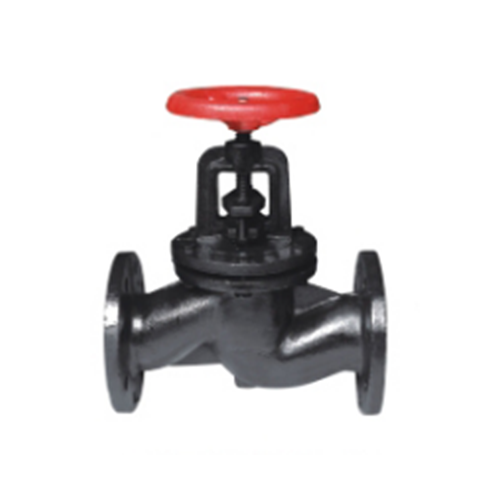
Certainly! Below is a detailed 2000-word article on the top global manufacturers of butterfly valves, written without mentioning specific company names.
---
Top Global Manufacturers of Butterfly Valves
Butterfly valves are essential components in various industries, including oil and gas, water treatment, chemical processing, and power generation. These valves are preferred for their cost-effectiveness, lightweight design, and ease of operation. Given their widespread use, numerous manufacturers worldwide specialize in producing high-quality butterfly valves. This article explores the key players in the industry, their technological advancements, and the factors that distinguish them in the global market.
1. Overview of Butterfly Valves
Butterfly valves are quarter-turn valves that regulate flow using a rotating disc. They come in different types, including:
- Wafer-style butterfly valves – Compact and lightweight, ideal for low-pressure applications.
- Lug-style butterfly valves – Feature threaded inserts for easy installation between flanges.
- Double-flanged butterfly valves – Designed for high-pressure systems with bolted connections.
- Triple-offset butterfly valves – Used in critical applications requiring tight shut-off and high temperatures.
The choice of valve depends on factors such as pressure, temperature, and the type of fluid being controlled.
2. Key Characteristics of Leading Manufacturers
While many companies produce butterfly valves, the top manufacturers share several distinguishing features:
A. Advanced Manufacturing Techniques
Leading manufacturers utilize state-of-the-art CNC machining, automation, and precision casting to ensure high-quality valve components. Some employ 3D modeling and simulation to optimize valve performance before production.
B. Material Selection
Top-tier manufacturers offer butterfly valves in a variety of materials, including:
- Stainless steel – For corrosion resistance in harsh environments.
- Ductile iron – For cost-effective, durable solutions.
- Exotic alloys – For extreme temperatures and corrosive media.
- PTFE-lined valves – For chemical resistance.
C. Compliance with International Standards
Reputable manufacturers adhere to industry standards such as:
- API 609 – For butterfly valves in petroleum and natural gas industries.
- ISO 5752 – For face-to-face dimensions.
- AWWA C504 – For waterworks applications.
- ASME B16.34 – For pressure-temperature ratings.
D. Customization and Engineering Support
The best manufacturers provide tailored solutions, including custom sizes, actuation options (manual, pneumatic, electric, or hydraulic), and specialized coatings for abrasive or high-temperature applications.
3. Regional Market Leaders
The butterfly valve industry is dominated by manufacturers from several key regions:
A. North America
North American manufacturers are known for their innovation, particularly in the oil and gas sector. They produce high-performance valves for offshore drilling, refineries, and power plants. Many companies in this region focus on triple-offset butterfly valves for critical applications.
B. Europe
European manufacturers emphasize precision engineering and sustainability. They lead in producing valves for water treatment, pharmaceuticals, and food processing, where hygiene and leak-tight performance are crucial.
C. Asia-Pacific
Asia-Pacific is a major hub for cost-effective butterfly valve production. Manufacturers here supply large quantities to global markets, often specializing in wafer and lug-style valves for general industrial use.
D. Middle East & Africa
Given the region’s strong oil and gas industry, manufacturers here focus on high-pressure, high-temperature butterfly valves for pipelines and refineries.
4. Technological Innovations
The butterfly valve industry continues to evolve with advancements such as:
A. Smart Valves with IoT Integration
Some manufacturers now offer smart butterfly valves equipped with sensors for real-time monitoring of flow, pressure, and temperature. These valves can be integrated into industrial IoT (IIoT) systems for predictive maintenance.
B. Zero-Leakage Designs
Triple-offset butterfly valves with metal-seated designs ensure zero leakage, making them suitable for hazardous and high-pressure applications.
C. Improved Actuation Systems
Advanced actuators, including fail-safe and modulating options, enhance valve performance in automated systems.
5. Factors to Consider When Choosing a Manufacturer
When selecting a butterfly valve supplier, consider:
- Reputation & Industry Experience – Look for manufacturers with a proven track record.
- Certifications & Quality Control – Ensure compliance with international standards.
- After-Sales Support – Reliable technical assistance and spare parts availability are crucial.
- Lead Time & Logistics – Global manufacturers with efficient supply chains reduce downtime.
6. Future Trends in Butterfly Valve Manufacturing
The industry is expected to see:
- Increased automation – More valves will be equipped with smart actuators.
- Sustainable materials – Eco-friendly coatings and recyclable components will gain traction.
- Hybrid designs – Combining features of butterfly and ball valves for enhanced performance.
Conclusion
The global butterfly valve market is highly competitive, with manufacturers continually improving designs, materials, and technology. Whether for industrial, commercial, or municipal applications, selecting the right manufacturer ensures reliability, efficiency, and long-term performance. By focusing on innovation, quality, and customer support, the leading players in this industry maintain their dominance in the global market.
---
This article provides a comprehensive overview of butterfly valve manufacturers without specifying company names. Let me know if you'd like any modifications!
Situs web ini menggunakan cookie untuk memastikan Anda mendapatkan pengalaman terbaik di situs web kami.
Komentar
(0)